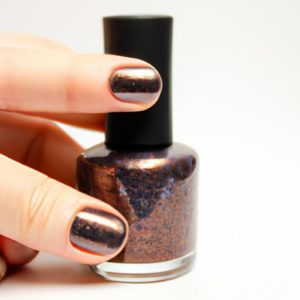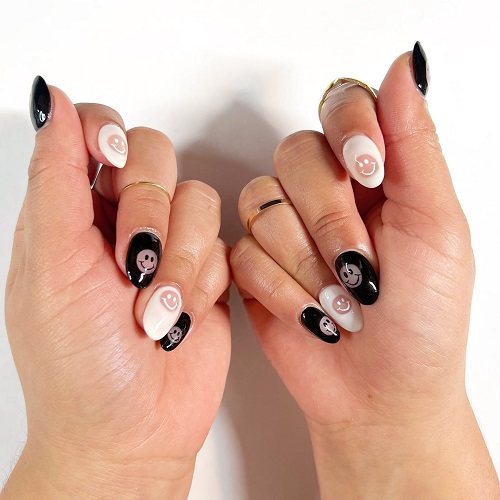Table of Contents
If you want a flawless manicure, it’s crucial to let your nail polish dry between coats. But how long should you wait, and what factors influence drying time? In this article, we’ll discuss the best practices for letting nail polish dry between coats, how to avoid common mistakes, and techniques for speeding up drying time.
The Importance of Allowing Nail Polish to Dry Between Coats
Nail polish is a staple in many beauty routines, but applying it correctly can be a challenge. One of the biggest mistakes people make is not allowing each coat to dry properly. This can result in an uneven, streaky finish. By giving each coat enough time to dry completely, you’ll achieve a smoother and more professional-looking manicure.
But why is it so important to let nail polish dry between coats? When you apply a new coat before the previous one has dried, the solvents in the fresh polish can dissolve the partially dried layer underneath, causing smudging and streaking. Moreover, applying multiple thick coats without adequate drying time can lead to a lumpy and uneven finish that takes longer to dry overall.
Factors That Influence Drying Time
Several factors can affect how long it takes for nail polish to dry between coats. Understanding these variables will help you determine the optimum drying time for your specific nail polish and prevent common mistakes.
Type of Nail Polish
Different types of nail polish have varying drying times. Generally, fast-drying polishes dry quicker than traditional formulas. On the other hand, gel polishes, which require UV light curing, take longer to dry compared to regular nail polish.
Number of Coats
The number of coats you apply also affects drying time. The more coats you add, the longer it takes for each layer to dry. It’s best to apply thin, even coats and allow each one to dry completely before applying the next.
Thickness of Coats
The thickness of each coat also influences drying time. Thin coats dry faster than thick coats, so it’s advisable to apply thin and even layers. If you encounter problems with streaking or coverage, it’s better to apply an additional thin coat instead of a thick one.
Humidity and Temperature
Humidity and temperature play a role in nail polish drying time as well. Higher humidity levels and cooler temperatures slow down drying time, while low humidity and warmer temperatures speed it up. To ensure proper drying, it’s best to apply nail polish in a cool, dry area with good ventilation.
How Long to Let Nail Polish Dry Between Coats
Now that we understand the factors that affect drying time, let’s determine how long to let your nail polish dry between coats. While the exact drying time depends on various factors such as the type of nail polish and coat thickness, a general rule of thumb is to wait at least two minutes between coats.
For fast-drying nail polishes, one minute between coats may suffice. However, for traditional nail polish formulas or thicker coats, it’s better to wait a bit longer to ensure each layer dries completely.
Drying Time for Different Types of Nail Polish
As mentioned before, different types of nail polish require different drying times. Here’s a rough guideline for drying between coats:
- Fast-drying nail polish: Wait 1-2 minutes between coats.
- Traditional nail polish: Wait 2-3 minutes between coats.
- Gel polish: Cure each coat under a UV lamp for the recommended time.
Tips for Ensuring Proper Drying Time
To ensure each coat of nail polish dries properly, try these tips:
- Apply thin, even coats: Thick coats take longer to dry and are more prone to smudging or streaking.
- Use a quick-drying topcoat: A quick-drying topcoat can expedite the overall drying time.
- Maintain a cool and dry environment: Apply nail polish in a cool, dry area with proper ventilation to prevent smudging and guarantee sufficient drying time.
Consequences of Not Letting Nail Polish Dry Between Coats
Failing to let each coat of nail polish dry completely can lead to several undesirable consequences, including smudging and streaking, an uneven finish, and increased overall drying time.
Smudging and streaking occur when a new coat is applied over a partially dried layer, causing the solvents in the fresh polish to dissolve the underlying partially dried coat. This results in an uneven and streaky appearance.
Furthermore, applying multiple thick coats without sufficient drying time can lead to a lumpy and uneven finish that takes longer to dry overall.
By adhering to best practices for letting nail polish dry between coats, you can achieve a smoother and more professional-looking manicure without the frustration of smudging or streaking.





